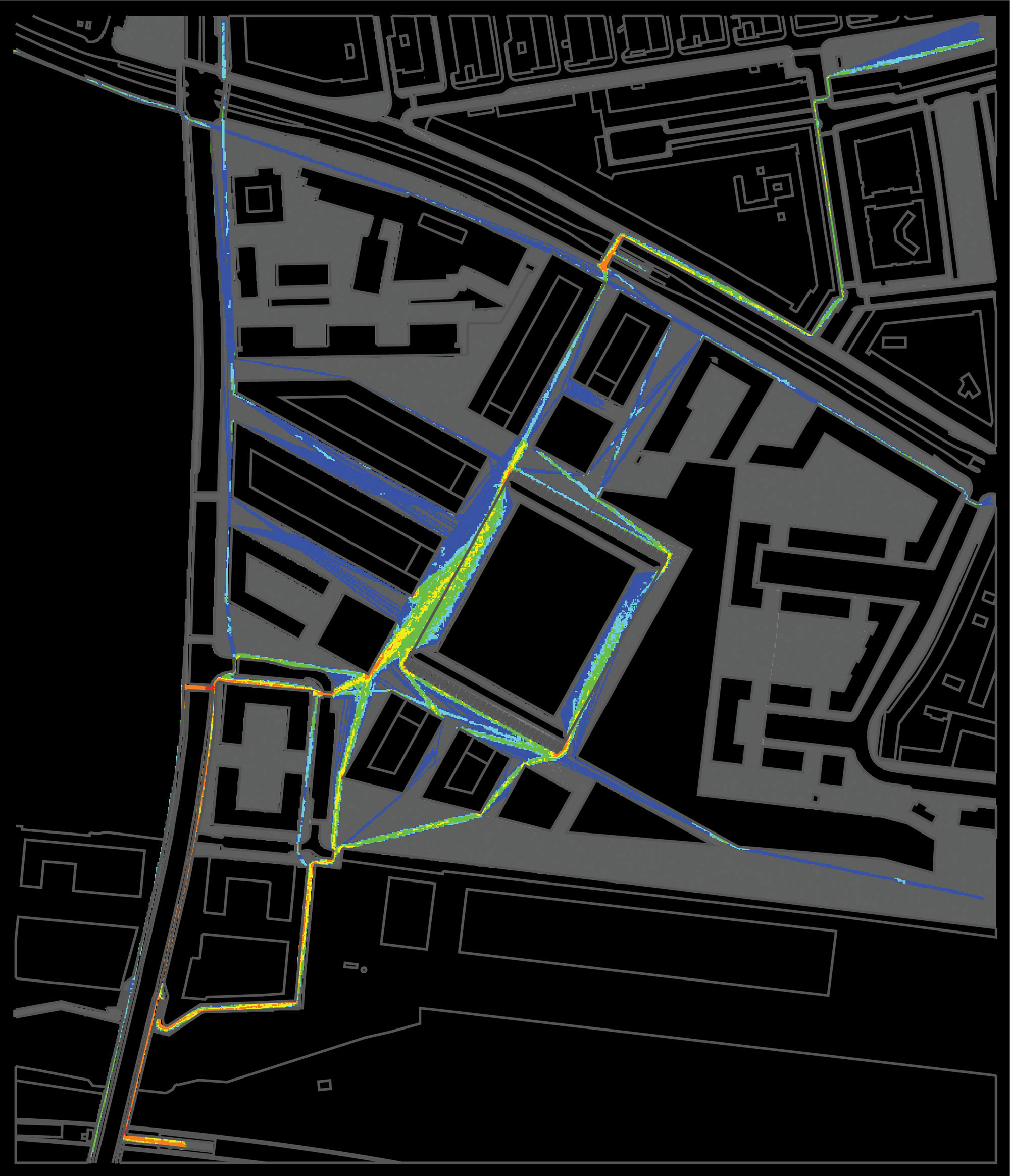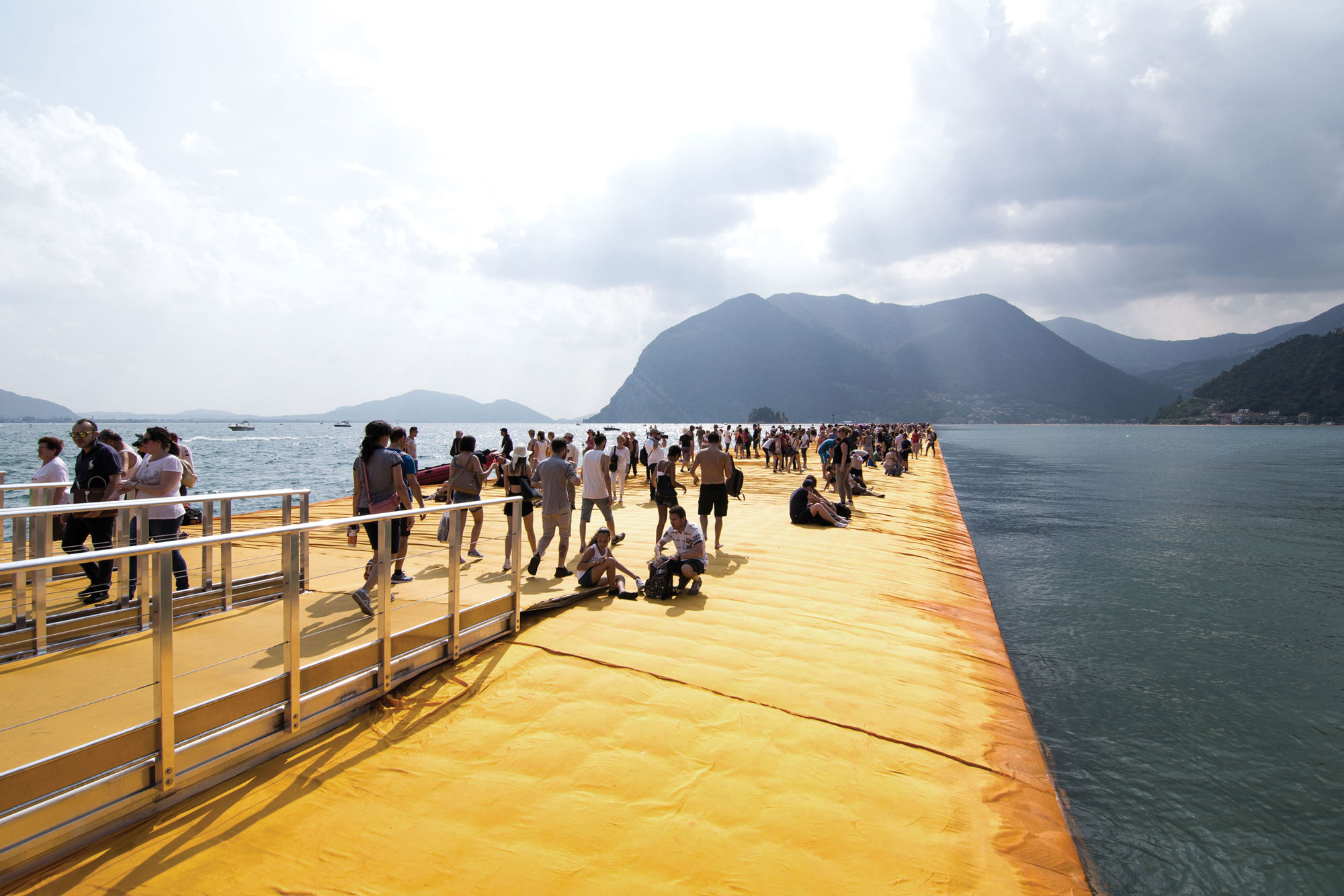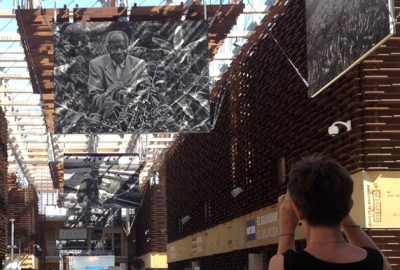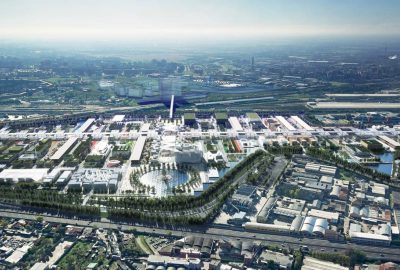Main Output
-
Sports events
Expositions and fairs
Cultural events
Concerts and festivals
Religious festivities and Pilgrimage
Streets closures
Land Art Events
What are the main benefits of planning for Mass Gatherings and Crowd events?
Tailored mobility plans that articulate management strategies and operational decision making during major events has played a crucial role in improving the visitors’ experience and has helped to ensure the overall success of the event. Crowd movement is a critical component to the overall visitor experience when attending a major event, and expectations by patrons continue to rise. Crowd management, as a specific service of the transport planning and engineering industry represents one of the most challenging and rapidly evolving fields. Interpreting crowd behavior can also contribute to the development of retail streets, inform the placement of billboards and other advertisements, and respond to the design and sightlines created by building facades. In addition, scenario schemes offer benefits in situational awareness in the prevention of unwanted incidents.

Walking steered the design of EXPO 2015 to accommodate and move smoothly 21m visitors in 6 months.
What is the importance of adopting a comprehensive approach towards crowd management that tackles both strategic planning and operations?
Planning event management schemes is the first and most important step in ensuring a sustainable and safe management of crowds at any given event. The definition and design of efficient crowd management solutions represents a keystone around which all other strategies gravitate, including operational security plans, evacuation plans, healthcare management plans and wayfinding schemes.


From an analytical perspective, crowd management is based on the comprehensive understanding of behavioral dynamics of people’s movements, reconstructed through advanced pedestrian traffic modelling tools.
Tools
Mass Crowd Events Planning and Management requires a set of specialized multi-scale tools adequate for verifying performance and design standards compliance.
Network Morphological Analysis is a useful tool for evaluating the most attractive routes based on the morphological characteristics of the network, hence defining hierarchies and distinctions among the most connected, integrated, and/or central segments of the network.
Spatial Perception Analysis is used to evaluate perceptive characteristics prescribed by the spatial characteristics often prescribing pedestrian movements in any given space.
Pedestrian movement gravity modelling is used to determine pedestrian traffic distribution patterns and desire lines based on the travel times, distances and impedance attributed to every segment and node of the system.
Microscopic (dynamic) pedestrian traffic modelling is used to measure comfort (density) levels and traffic patterns (space utilization) and measure the effectiveness of interventions while highlighting any undesired congestion situation that might be generated.
References projects



